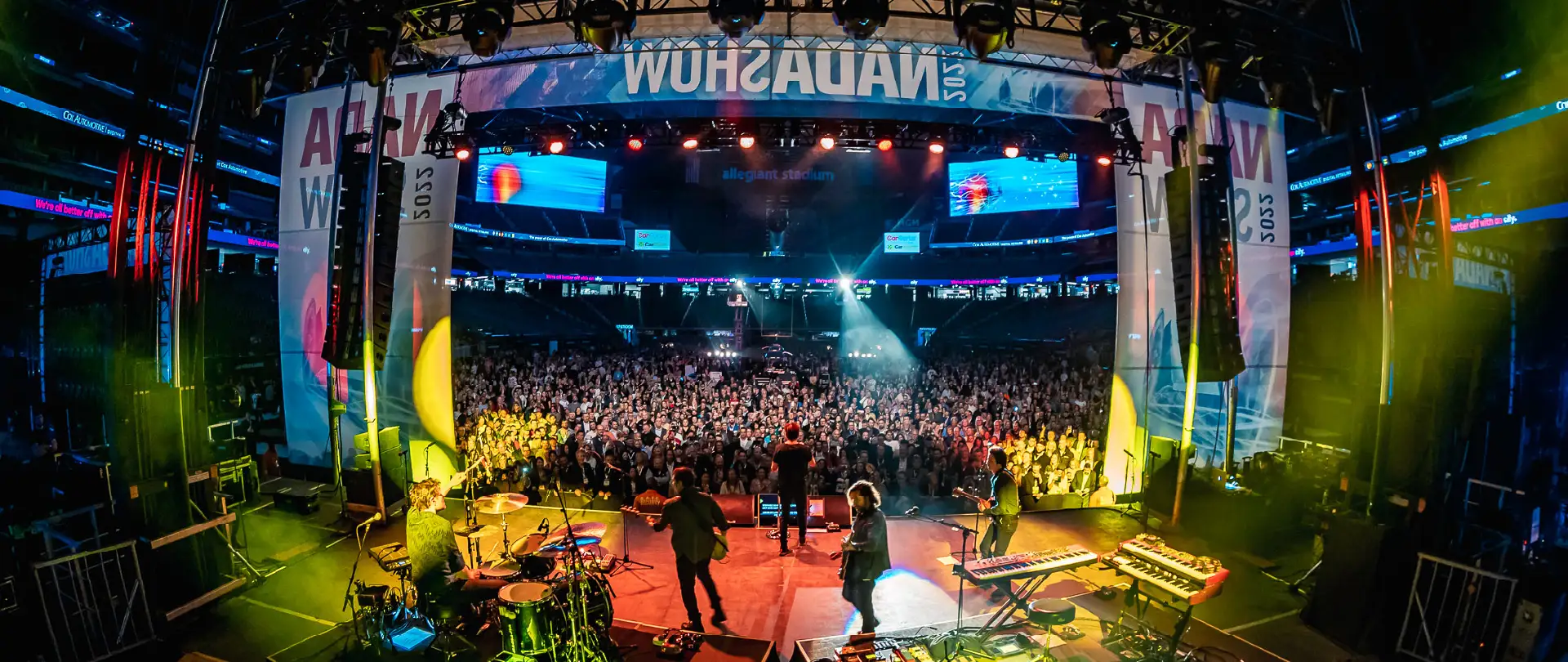Production Companies Nashville TN – Reliable Partners for Your Film, and Media Production Needs
Production Companies Nashville TN – Reliable Partners for Your Film, and Media Production Needs
Blog Article
Exactly How Production Companies Change Ideas Into Compelling Visuals
The process by which production business change abstract concepts into engaging visuals is both intricate and methodical, beginning with the essential stages of ideation and manuscript growth. As the project advances with pre-production, manufacturing, and post-production, each stage needs mindful attention to detail and positioning of imaginative components.
Understanding the Creative Process
While the innovative procedure might vary substantially from one manufacturing firm to another, it usually includes an organized technique that stabilizes artistic vision with useful execution. The procedure begins with ideation, where concepts are brainstormed and refined. During this stage, creative teams engage in conversations that explore motifs, stories, and aesthetic designs, making sure that the core message aligns with the desired target market.
Adhering to ideation, the development stage takes spotlight, where manuscripts, storyboards, and shot listings are carefully crafted. This phase is vital as it converts abstract ideas into concrete plans, facilitating a smoother production procedure. The imaginative group collaborates carefully, making sure that every element, from casting to location scouting, mirrors the creative intent.
Post-production further fine-tunes the visuals and sound, finishing in a polished last item that resonates with the target market. Thus, comprehending this organized creative procedure is vital for appreciating exactly how manufacturing companies transform principles into compelling visuals.

The Duty of Collaboration
Just how does cooperation boost the creative result of manufacturing companies? At its core, cooperation is an essential stimulant that fosters innovation and creativity within the manufacturing landscape.

Moreover, partnership encourages open interaction, which is crucial for browsing the intricacies of production. It grows an atmosphere where comments is valued, enabling iterative enhancements and changes that elevate the end product. Inevitably, the collaborative spirit within production firms serves to transform preliminary principles into compelling visuals that astound customers, enhancing the importance of team effort in attaining artistic excellence.
Pre-Production Fundamentals
Pre-production is an essential phase in the filmmaking process, often including five crucial actions that prepared for a successful manufacturing. The initial step entails manuscript advancement, where the movie script is improved, ensuring that the story is natural and compelling. This is followed by budgeting, which establishes the financial framework for the project, determining crucial expenses associated with cast, staff, areas, and tools.
The 3rd action is casting, a vital process that includes choosing the ideal stars to depict the characters authentically. A well-cast film can substantially improve the story's effect. Next, place hunting is conducted to discover appropriate filming sites that align with click reference the vision of the task, thinking about logistical factors such as ease of access and permits.
Recording the Vision in Manufacturing
In the vibrant atmosphere of a film set, recording the vision in manufacturing requires thorough coordination and collaboration amongst all divisions. Each team, from cinematography to art instructions, plays a crucial role in converting the movie script into visual imagery that resonates with audiences. The director's vision should be effectively connected to make sure that every shot, angle, and illumination choice straightens with the try this overarching story.
Cinematographers are tasked with picking cam equipment and lenses that ideal communicate the tale's tone, while manufacturing developers create immersive settings that enhance the aesthetic experience. Wardrobe and make-up teams add by shaping personalities with their look, reinforcing the story's styles.
Audio style and songs also enhance the visuals, establishing psychological context and increasing audience interaction. Daily control conferences and on-set interaction networks promote real-time adjustments, making sure that any innovative subtleties are caught as they emerge.
Eventually, recording the vision in production has to do with harmonizing these diverse aspects to create a cohesive and engaging aesthetic narrative. The collective initiative not only brings the script to life yet also lays the foundation for a powerful motion picture experience.
Post-Production: Refining the Last Item
Post-production plays an important duty in improving the final product, transforming the raw footage captured during production into a refined motion picture experience (production companies nashville tn). This stage incorporates numerous essential processes, including modifying, audio layout, shade improvement, and aesthetic results, each adding to the total story and psychological influence of the movie

Sound layout is similarly essential, including the addition of discussion, audio effects, and climatic noises that improve the viewing experience - production companies nashville tn. The careful layering of audio components helps engage the target market in the story globe
Shade adjustment better improves aesthetic appeal, changing tones and contrasts to produce a natural aesthetic that aligns with the film's state of mind. This action guarantees that each structure resonates mentally with visitors.
Conclusion
To conclude, the transformation of concepts right into compelling visuals requires an organized and joint method within manufacturing firms. By focusing on communication and sychronisation throughout the imaginative process-- from ideation and pre-production to manufacturing and post-production-- these firms successfully align different creative components with the narrative. This precise click this method not just boosts narration but likewise mesmerizes target markets, inevitably causing immersive and engaging cinematic experiences that resonate deeply with viewers.
Report this page